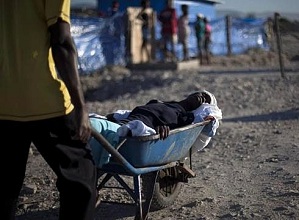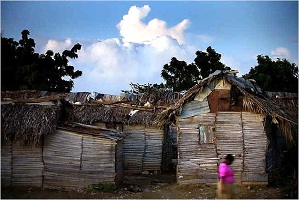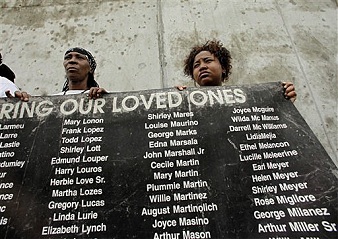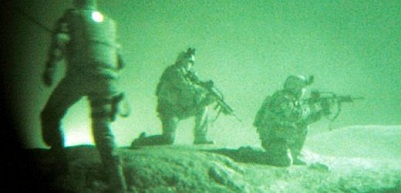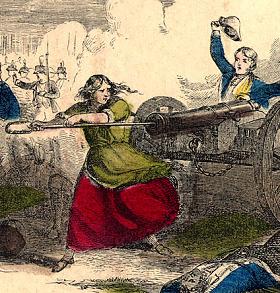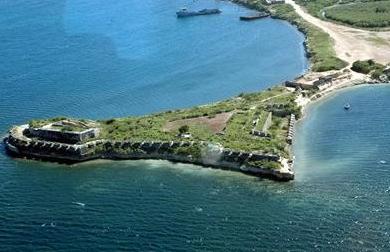John Hanrahan
Part of a Nieman Watchdog series, 'Reporting the Endgame'
The national news media almost totally ignore homefront protests of the Afghanistan war, killer drones, torture, and more, regardless of their newsworthiness. By its lack of coverage, isn’t the press thus helping perpetuate an endless war?
Antiwar activists repeatedly stage dramatic acts of civil disobedience in the United States but are almost entirely ignored by mainstream print and broadcast news organizations. During the Vietnam era, press coverage of the fighting and opposition to it at home helped turn public opinion against the war. This time around lack of homefront coverage may be helping keep military involvement continue on and on.
In the past two years, protests of the Afghanistan and Iraq wars, killer drones, torture, nuclear weapons and other war-related issues have been carried out at nuclear weapons silos and production facilities, military bases, unmanned drone facilities, major defense contractors’ headquarters and offices, the Nevada Nuclear Test site, nuclear weapons design laboratories, military recruiting centers, the U.S. Capitol, the White House, federal buildings in various states, the U.S. Strategic Air Command, and numerous other war-oriented sites across the country.
The protests don’t begin to approach the level of those during the Vietnam war or in the early years of the Afghanistan and Iraq wars – but that’s not a reason to ignore them. The fact is, protest is much more widespread than citizens might gauge from coverage in newspapers and television, which seldom report antiwar actions regardless of how significant or newsworthy they may be. As we briefly observed in a previous article:
By ignoring antiwar protests almost totally, editors are treating opposition to the ongoing war in Afghanistan much as they handled the run-up to the war in Iraq: They are missing an important story and contributing to the perception that there is no visible opposition to the U.S. wars and ever-growing military budgets, even as polls show overwhelming support for early U.S. military withdrawal.


























